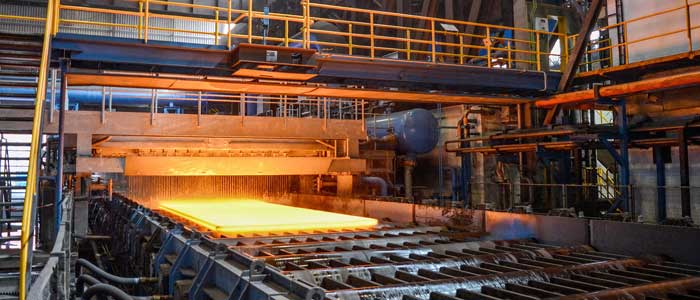Stainless steel is renowned for its corrosion resistance, making it a top choice for a variety of applications ranging from kitchen utensils to architectural structures. But what gives stainless steel its remarkable rust prevention capabilities? The secret lies in its composition and the formation of a protective layer. Let’s delve deeper into the science behind stainless steel’s corrosion resistance.
Stainless steel is an alloy primarily composed of iron, with a minimum of 10.5% chromium. This chromium content is crucial for its corrosion resistance. When exposed to oxygen, chromium reacts to form a thin, stable film of chromium oxide on the surface of the stainless steel. This layer, often referred to as the “passive film,” acts as a barrier that protects the underlying metal from further oxidation and corrosion.
The Passive Film
The passive film is what sets stainless steel apart from regular steel. Unlike iron oxide, which forms rust and flakes off, chromium oxide adheres tightly to the surface, preventing water and air from reaching the metal beneath. This self-repairing capability is what gives stainless steel its longevity and durability. Even if the surface is scratched or damaged, the passive film can regenerate as long as oxygen is present, maintaining the material’s protective qualities.
Importance of Alloying Elements
In addition to chromium, other elements such as nickel, molybdenum, and nitrogen are often added to stainless steel to enhance its corrosion resistance and mechanical properties. For instance, nickel increases ductility and toughness, while molybdenum enhances resistance to pitting and crevice corrosion in chloride environments. These alloying elements contribute to the formation and stability of the passive film, thereby improving the overall performance of stainless steel.
Different Stainless Steel Grades
Stainless steel comes in various grades, each tailored for specific applications and environments. The most common grades include:
- Austenitic Stainless Steel: Contains high levels of chromium and nickel. Known for excellent corrosion resistance and formability.
- Ferritic Stainless Steel: Contains chromium with little to no nickel. Offers good corrosion resistance and is less expensive.
- Martensitic Stainless Steel: Contains chromium and higher carbon content. Known for high strength but lower corrosion resistance compared to austenitic and ferritic grades.
Oxidation Resistance
The ability of stainless steel to resist oxidation at high temperatures is another crucial property, making it suitable for use in applications that involve extreme heat. The chromium oxide layer remains stable even at elevated temperatures, providing continuous protection against oxidation.
Conclusion
Understanding the corrosion resistance of stainless steel involves appreciating the role of the chromium oxide layer, the contribution of alloying elements, and the variety of stainless steel grades available. This knowledge is vital for selecting the right type of stainless steel for specific applications, ensuring longevity and optimal performance.
Stainless steel’s unique properties make it an indispensable material in industries worldwide. Its combination of durability, protection, and versatility continues to drive its popularity as a preferred choice for corrosion-resistant applications.









